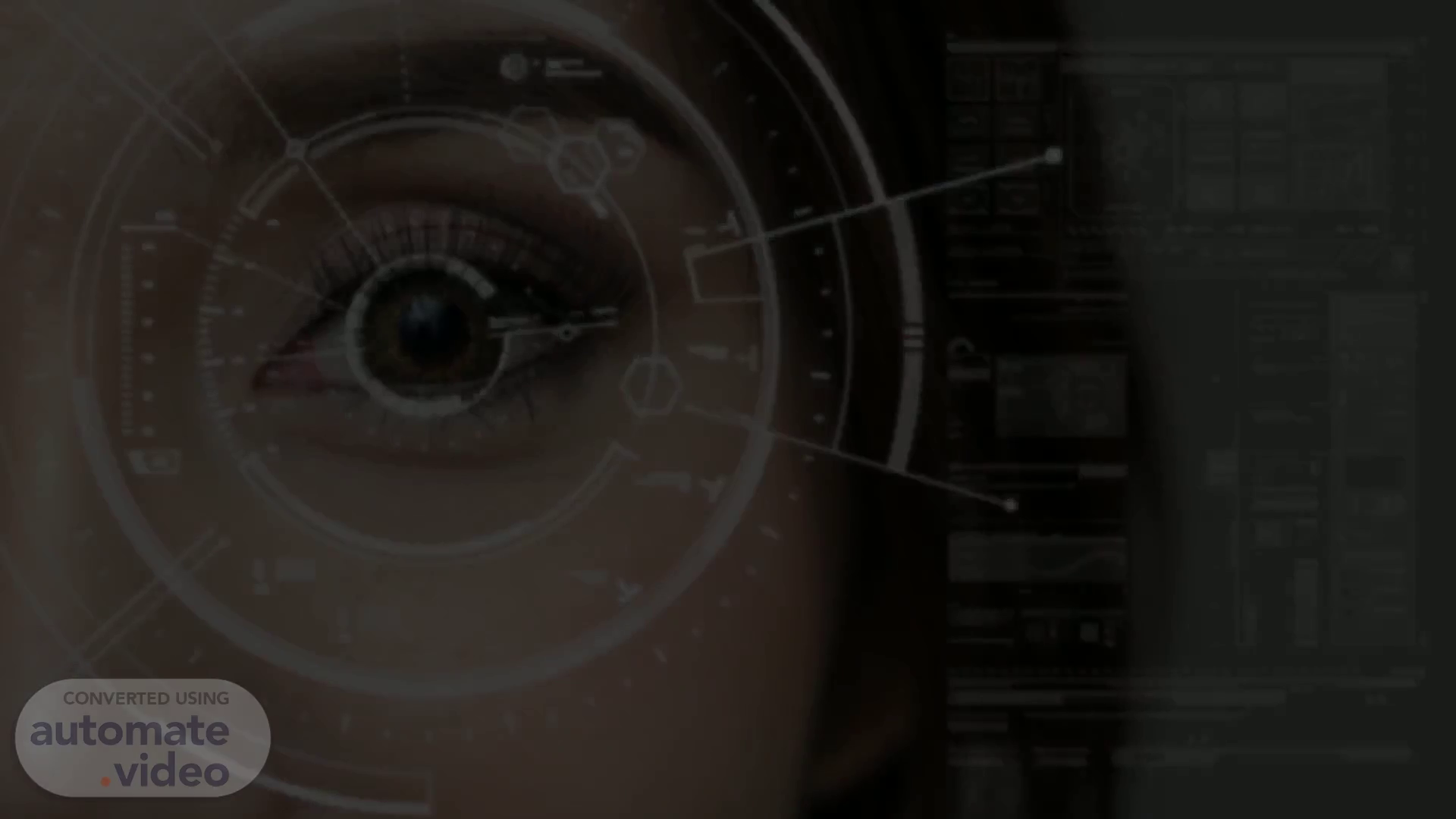
Examining the Digital World Through the Use of Sociological Theory
Scene 1 (0s)
Human eye seen through transparent digital chart.
Scene 2 (11s)
Introduction. Good Morning! In this presentation, we will fully define these sociological theories and explore their relationships to technology. We'll also thoroughly describe societal changes and technological growth with supporting research. Additionally, we'll delve into the digital divide and identify factors with strong supporting evidence. Lastly, we'll provide fully developed suggestions to counter the digital divide and discuss the application of theoretical perspectives with supported details. Let's dive in..
Scene 3 (32s)
Plastic dinosaurs. Conflict Theory. Conflict Theory is a sociological approach that examines society through the lens of social conflict. It emphasizes power struggles, inequality, and the role of conflict in shaping social structures and relationships.
Scene 4 (46s)
Symbolic Interaction Theory. Symbolic Interaction Theory is another sociological perspective that focuses on how individuals interact and communicate through shared symbols, meanings, and social processes. It highlights that our self-identity and the social world are shaped by our interactions.
Scene 5 (1m 2s)
Conflict Theory and Technology. Applying Conflict Theory to the use of technology and the development of the digital world, we can see that it highlights power struggles, economic inequalities, and the digital divide..
Scene 6 (1m 15s)
Symbolic Interaction Theory and Technology. Symbolic Interaction Theory views technology as socially constructed and focuses on how individuals interpret and give meaning to it. This theory explores how technology affects communication, self-identity, and social relationships.
Scene 7 (1m 29s)
Society's Change in Past Decades. In the past several decades, society has undergone significant changes due to technological advancements. Communication has shifted from traditional methods to instant messaging, video calls, and social media platforms. Entertainment has transformed with the rise of streaming services and online gaming..
Scene 8 (1m 47s)
[image] Close up of circuit board. Examples of Technological Growth.
Scene 9 (1m 55s)
Correlations between Technology and Change. The adoption of technologies has brought about significant changes at the organizational and societal levels. Research has established strong correlations between technology and various societal domains. Industries and businesses have transformed their operations, embracing digital platforms and automation to increase efficiency and reduce costs.
Scene 10 (2m 11s)
Top view of basketball court lines. Digital Divide.
Scene 11 (2m 39s)
Strategies to Bridge the Digital Divide. [image] Illuminating smoke on a black background.
Scene 12 (2m 48s)
Theoretical Perspective for our Company. let's focus on Symbolic Interaction Theory. This theory emphasizes subjective meanings and interactions with technology. By understanding employees' attitudes, perceptions, and interactions with technology, we can tailor training, support, and create a positive technological environment to bridge the digital divide..
Scene 13 (3m 5s)
Conclusion. In conclusion, understanding sociological theories helps us explain the impact of technology on society. Strategies can be implemented to bridge the digital divide and ensure equal access and opportunity for all individuals. Research supports the effectiveness of these strategies, and applying theoretical perspectives plays a crucial role in addressing the digital divide to create a more inclusive and equitable digital world. Thank you for your attention.